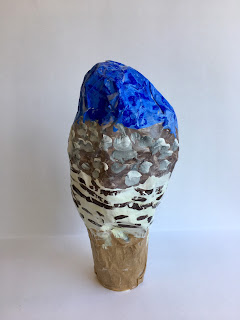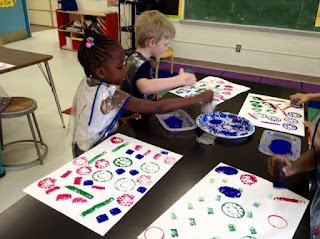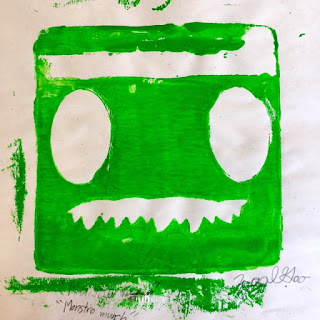




 |
| Andrew, 4th Grade (Cikacz) |
 |
| Ariana, 4th Grade (Graves Pelletier) |
 |
| Arianne, 4th Grade (Doherty) |
 |
| Brixton, 4th Grade (Mattson) |
 |
| Connor, 4th Grade (Doherty) |
 |
| Destanie, 4th Grade (Cikacz) |
 |
| Gustavo, 4th Grade (Doherty) |
 |
| Holly, 4th Grade (Cikacz) |
 |
| Jackie, 4th Grade (Cikacz) |
 |
| Lamar, 4th Grade (Doherty) |
 |
| Marina, 4th Grade (Mattson) |
 |
| Marissa, 4th Grade (Graves Pelletier) |
 |
| Maya, 4th Grade (Graves Pelletier) |
 |
| Pamela, 4th Grade (Graves Pelletier) |
 |
| Priya, 4th Grade (Graves Pelletier) |
 |
| Sarah, 4th Grade (Cikacz) |
 |
| Sofia, 4th Grade (Mattson) |






























